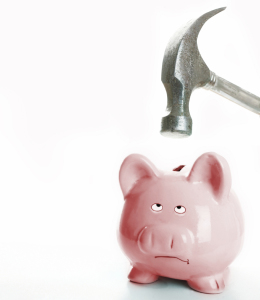By David Akseizer
Hello Legend fans. I hope everyone is doing well and preparing to smash their piggy banks to fund the purchase of their very own copy of The Legend of Pearl Cave. Now, I know I promised the release of The Legend of Pearl Cave this summer, but with any project worth launching, there will be missed deadlines and unforeseen snags. No author or publisher intentionally goes out of his or her way to create delays, but issues arise which may slow down the process. These minor delays are only for the benefit of my fans and it is my fans I aim to please. Let it be said, I am working very hard to write this novel to perfection and my publisher will release this masterpiece when every magical word on every crisp white page is just so. When you read The Legend of Pearl Cave for the first time, it will not disappoint. I am very proud of this magnum opus and cannot wait until it is in your hands.
Last time we discussed the importance of the “hook”. By “hook” I’m referring to your opening line as well as the opening paragraph to a story. We reviewed the importance of making a good first impression and how the first few sentences of a story are the most crucial.
Lesson 4: The Beginning, Middle, and End
Every paragraph, every chapter, and every book has a beginning, middle, and end. These three parts make a story whole and worth reading. There are other pieces of the puzzle, like plot and character development, but every great book has a beginning, middle and end.
The beginning of a book, starting with the “hook”, is what captures the reader. The first section of your book should propose a problem, establish a theme, introduce a character or group of characters, and build a setting the reader can easily envision using their imagination.
The middle of a book is where the author writes most of the story. It is where all the details of the story are unveiled. The middle is written to hold the readers attention, get them thinking, and build questions in their minds they must have answers to when they reach the end of the story. Another element is the climax. Think of the climax as the most exciting point in a story. A good climax occurs when the conflict is resolved and appears toward the end of the middle of the book.
The end of a book is just that, it is where the story ends. To write a great ending, an author can wrap up their story with a happy ending, sad ending, or somewhere in-between. In some cases, the author will leave the reader hanging, but this always angers me, and seems unfair to the reader after all the time they invested reading a story. The end deserves a conclusion and a solution the problem the author posed in the beginning of the book.
Tune in next time when I’ll discuss the importance of plot.
If you have any questions, please visit www.davidakseizer.com and shoot me an email. You can also follow me on twitter at https://twitter.com/akseizer and send me a message. Until then!

